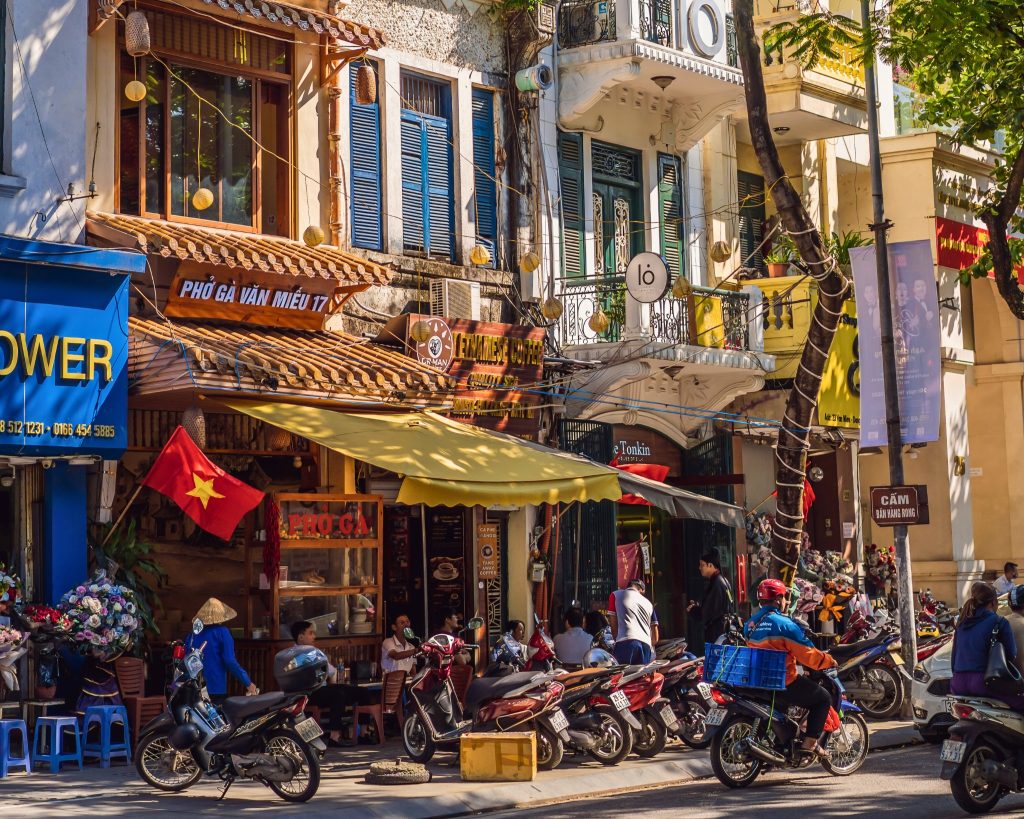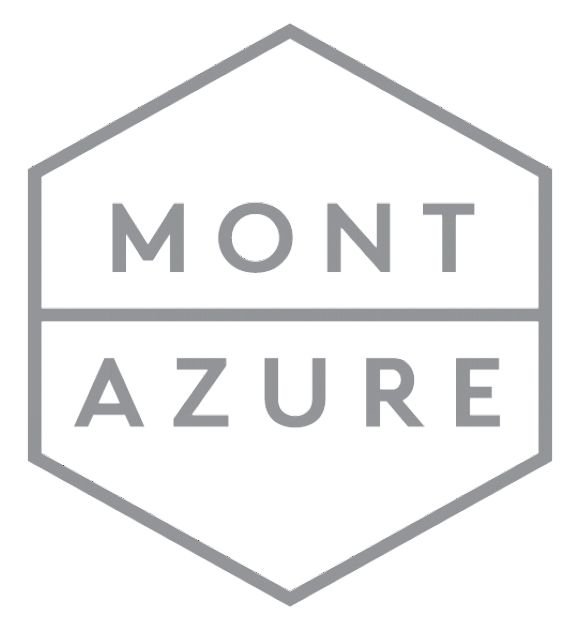VIETNAM REAL ESTATE MARKET Q1/2024 UPDATES
The Vietnam Association of Real Estate Brokers (VARS) recently presented an optimistic analysis of the Vietnamese real estate market for Q1/2024 and its projections for Q2 during a conference on April 15. The housing market demonstrated a robust supply of 20,541 units, of which 4,300 were newly introduced products. The remaining units were unsold inventory from earlier phases.

Transaction volumes increased by 8% from Q4/2023 to 6,200 in Q1/2024, representing a 100% rise year-over-year. The absorption rate also improved significantly, showing a 31% increase, marking a 5% growth from the previous quarter and a 19% rise from the same quarter last year. Despite these gains, the market saw limited availability of apartments priced below 50 million VND per square meter, especially in Hanoi where the apartment segment was particularly dynamic.
Price stability was a key feature this quarter, with a slight increase of 2-3% in prices compared to Q4/2023. Newly launched low-rise projects were moderately priced, while the apartment sector experienced a steady price escalation.

Townhouse activity remains robust, characterized by significant customer interest and transactions. Products that cater to genuine demand are currently priced between 3-5 billion VND in urban centers and approximately 2 billion VND in highly desirable suburban areas. This segment has experienced an estimated increase of 5-10% compared to Q4 2023.

Despite this overall scarcity, some social housing projects are experiencing sluggish sales. The forthcoming implementation of new legislative regulations is anticipated to address several existing barriers, potentially energizing development within this segment. However, the efficacy of these regulations remains contingent upon their applicability to projects already entangled in prior regulatory frameworks. Experts suggest that beyond immediate legislative changes, the market requires a dedicated financial stimulus in the form of a targeted credit package. This package should be designed as a structured “relief package” with explicit criteria for disbursement progress, rather than relying solely on ad hoc voluntary support, which lacks specific disbursement requirements.
In the land segment, there was a remarkable increase in transactions, especially for subdivided plots in suburban areas near major cities. These areas are attractive due to strong infrastructure development and increasing urbanization rates. Although prices had fallen 20-30% from their peak, they have now stabilized, showing a 5% increase from the previous quarter, with significant rises of 10-20% in areas adjacent to Hanoi and industrial zones. This stabilization suggests a resilient market without indications of impending price declines.

Several real estate developers with market-ready projects are primed to initiate launches, especially in the commercial and residential segments. Conversely, the resort real estate segment continues to see investor hesitation, reflective of persisting market challenges in this niche.
On the financing front, recent reductions in benchmark interest rates by major commercial banks have led to historically low home loan rates, now averaging 5-6% annually during the introductory period. Despite these favorable conditions, the post-introductory lending rates remain elevated, typically oscillating between 9-12%, which continues to inject a degree of caution among prospective homebuyers regarding long-term financial commitments.
Get professional insights and strategies on how to invest in Vietnam properties, residential leasing and asset management services, contact Arcadia Consulting Vietnam at rs@arcadia-consult.com.vn.







